The Fail-Safe Guide to the Perfect Paint Job
Taking on a paint project? Before you start, get Nate Berkus and expert Stephen Fanuka's advice.
By Nate Berkus and Stephen Fanuka
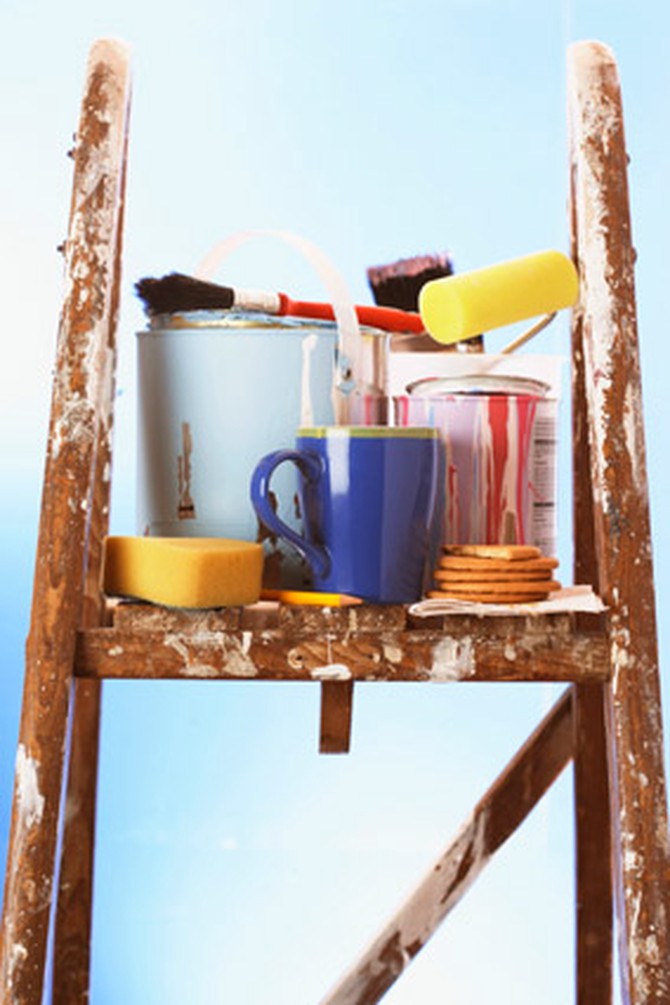
Photo: Thinkstock
Step #1: Assemble Your Tools
- 6' ladder
- 9" roller
- Extension handle for roller if you don't have a ladder
- Flat synthetic bristle brush 2"
- Roll of blue and/or mint green painter's masking tape Blue: Use if removing within a week Green: Use if leaving on over a week
- Paint tray
- Primer (if needed)
- Acrylic paint
- Drop cloth
- 1 roll sticky plastic that adheres to carpet
(it contains less glue than blue)
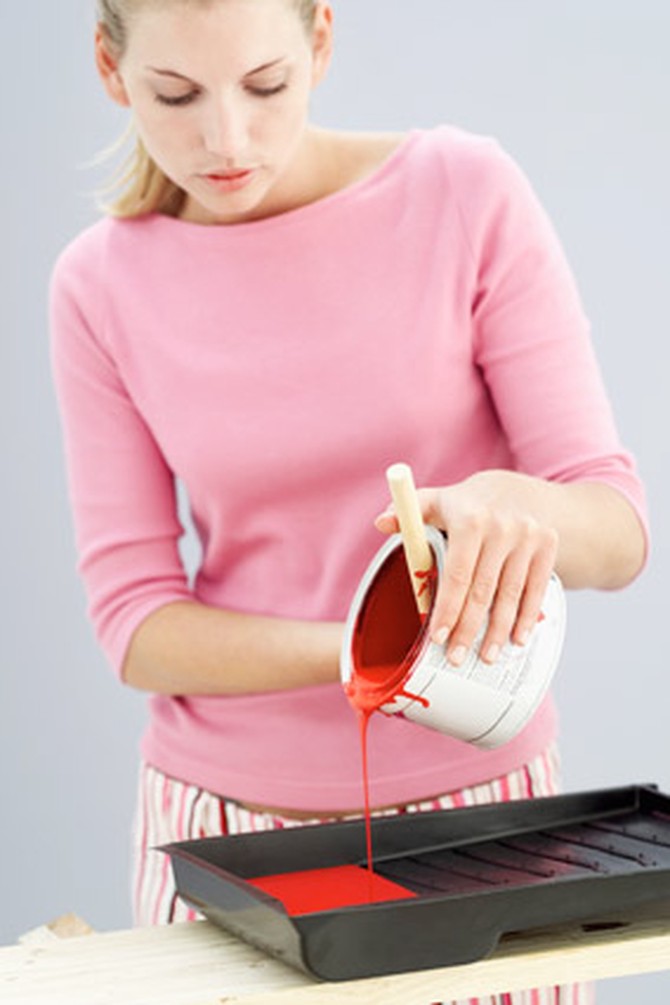
Photo: Thinkstock
How Much Paint Should I Get?
Add the lengths of each wall and multiply perimeter by total height of walls. Subtract the windows and door (Standard door - 20 square feet/Standard window - 15 square feet)
Most paint manufacturers claim 400 square feet per gallon. To be safe, estimate 300 square feet per gallon. In doubt? Round up, not down.
If you're not radically changing color, one coat should do the job. If you are radically changing color, especially to a darker color, then use 2-3 coats.
For Wood: Use satin on wood for a low luster finish.
For Ceilings: Flat
For Walls: Matte or flat
Matte and flat can be touched up without seeing the touch up due to oxidization.
Paints like egg shells can't be touched up. They require a coat to be applied to the entire surface and also require an additional coat to get their finish right.
Gloss also requires perfect walls: the shinier the paint, the more imperfections you see.
Most paint manufacturers claim 400 square feet per gallon. To be safe, estimate 300 square feet per gallon. In doubt? Round up, not down.
If you're not radically changing color, one coat should do the job. If you are radically changing color, especially to a darker color, then use 2-3 coats.
What type of paint should I use?
For Wood: Use satin on wood for a low luster finish.
For Ceilings: Flat
For Walls: Matte or flat
Matte and flat can be touched up without seeing the touch up due to oxidization.
Paints like egg shells can't be touched up. They require a coat to be applied to the entire surface and also require an additional coat to get their finish right.
Gloss also requires perfect walls: the shinier the paint, the more imperfections you see.
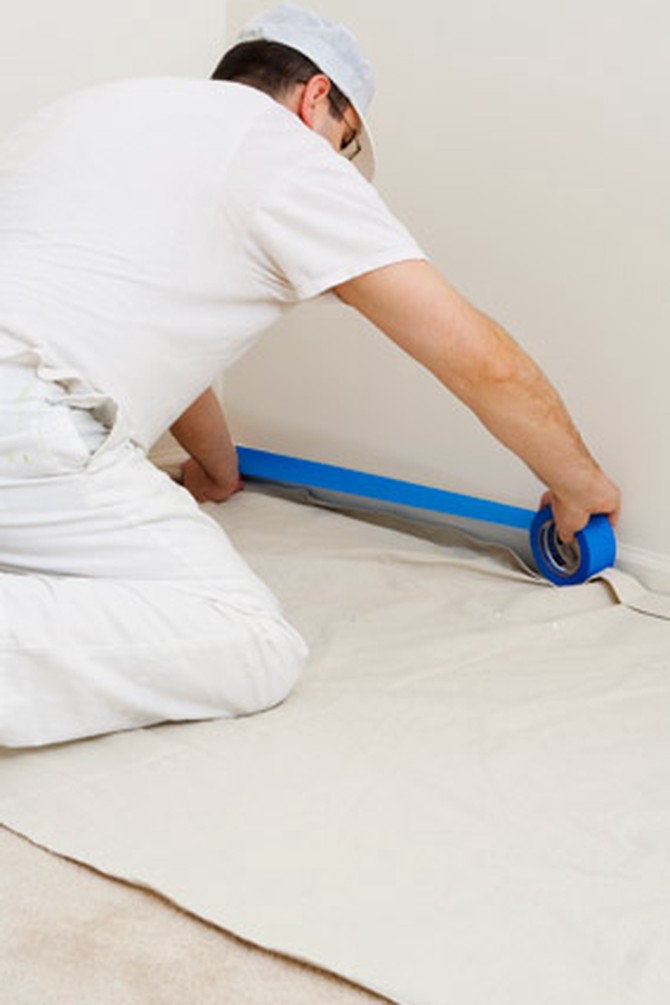
Photo: Thinkstock
Step #2: Protect the Room
If you can, remove the furniture. If you can't, cover it with plastic drop cloths. Use a plastic or canvas drop cloth on your floor as well.
Remove all switch and outlet covers. (Place screws in an envelope so you don't lose them.) Remove any window hardware.
Protect lighting fixtures, hinges, and doorknobs with blue or green masking tape.
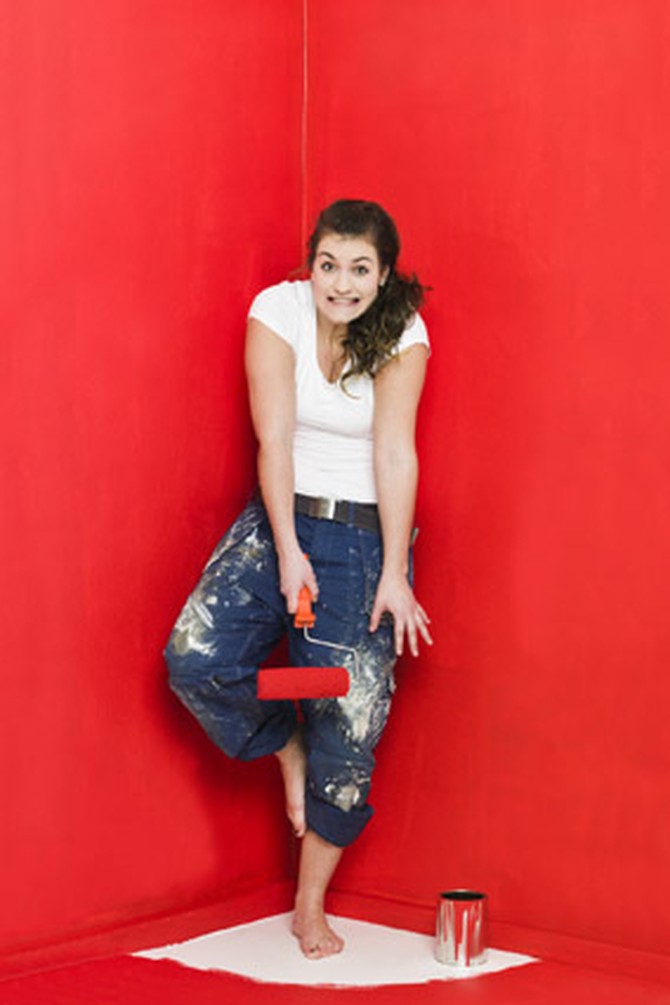
Photo: Thinkstock
What Do I Paint First?
1. Paint the ceiling first (start by cutting off the corners with a 2" brush)
2. Then paint the walls
3. Then the baseboards and moldings
4. Then windows
5. Then doors, leaving the entry door last as you exit the room
2. Then paint the walls
3. Then the baseboards and moldings
4. Then windows
5. Then doors, leaving the entry door last as you exit the room
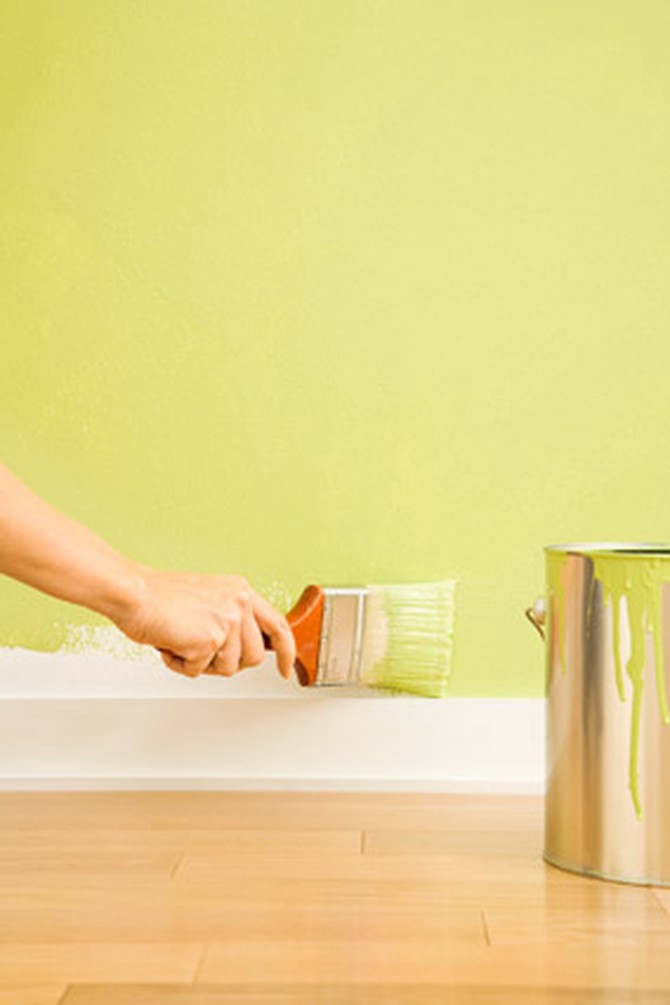
Photo: Thinkstock
Step #3: Painting Technique
After a room is protected and taped, paint around trim and molding with a brush and paint large walls with a roller. Use the roller in an up and down motion, going from the left side of room to the right and then back again.
Next: Why Nate Berkus says you should break the decorating rules
Next: Why Nate Berkus says you should break the decorating rules
Published 09/10/2012

